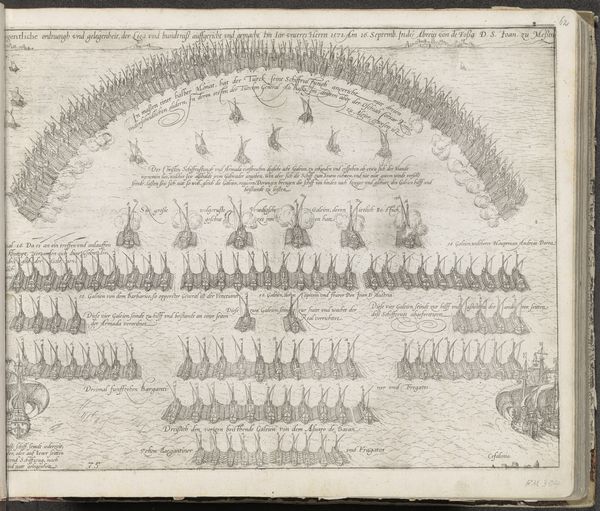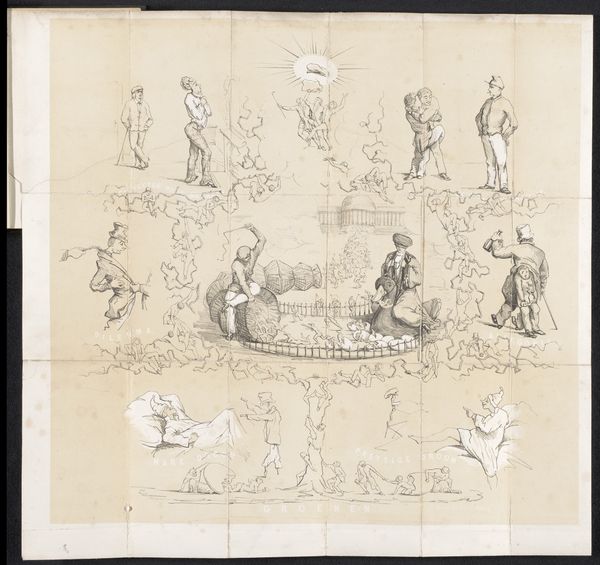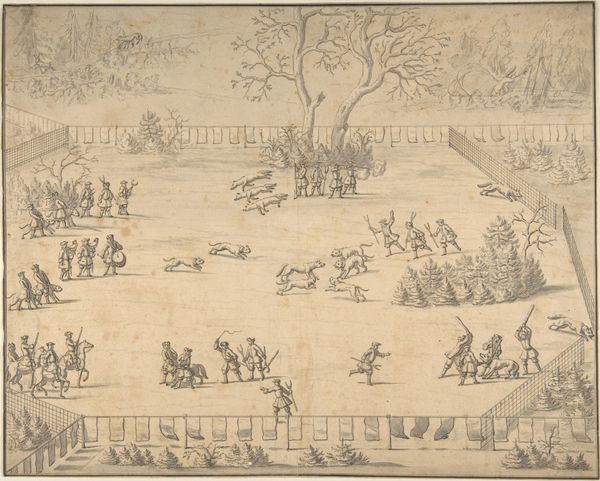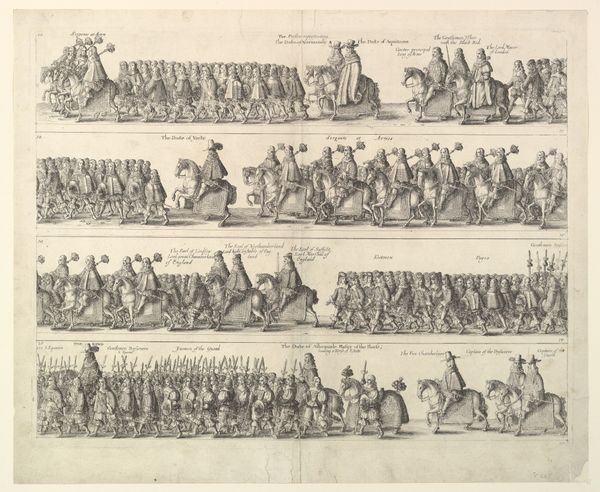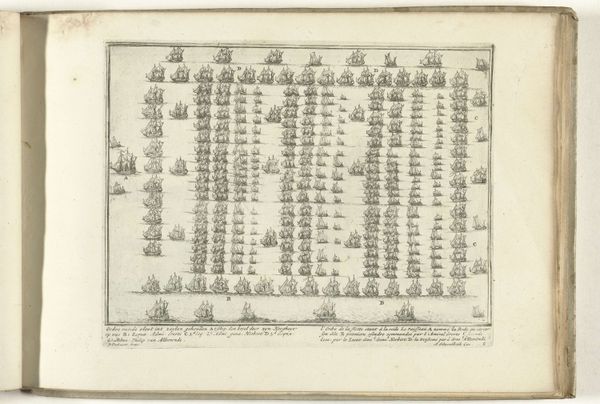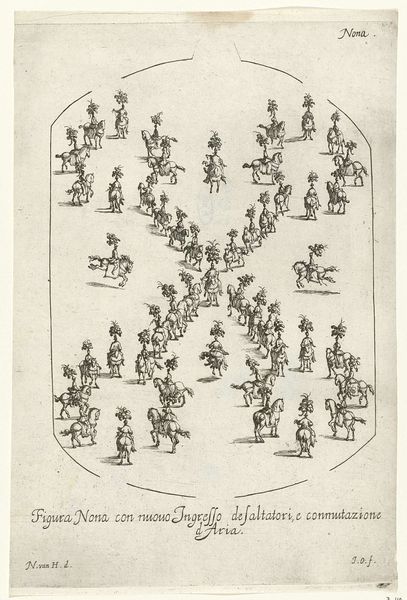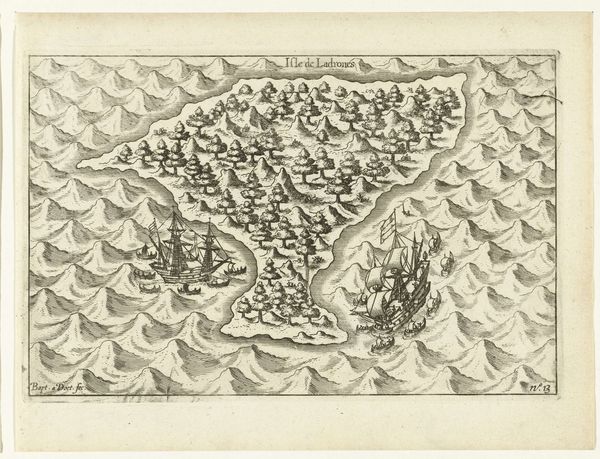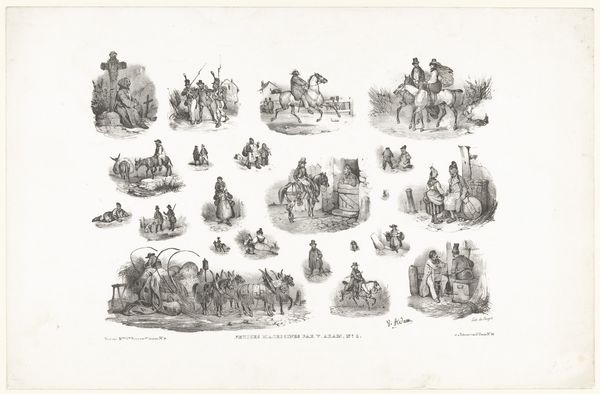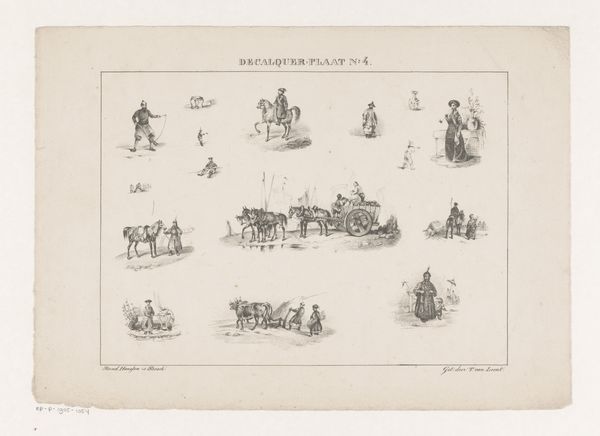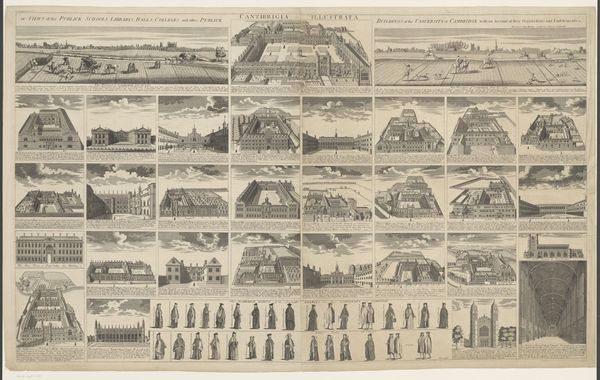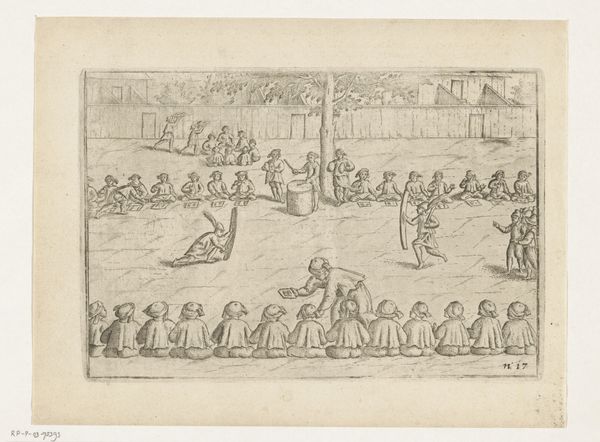
drawing, print, engraving
#
portrait
#
drawing
# print
#
11_renaissance
#
history-painting
#
engraving
Dimensions: Each Sheet: approx. 21 in. × 26 1/2 in. (53.3 × 67.3 cm) Title Page: 21 1/16 × 13 3/4 in. (53.5 × 34.9 cm)
Copyright: Public Domain
Editor: Here we have Aegidius Sadeler II's "Family Tree of the House of Habsburg," created in 1629. It’s an engraving, and honestly, it looks more like an intricate diagram than a portrait. I am just curious; what strikes you most when you look at this artwork? Curator: I’m immediately drawn to the composition and its organizational principle. Observe how Sadeler uses the lines to not only connect figures, visualizing their relationships, but also to create a balanced, almost symmetrical design on the page. Note the meticulous rendering of each individual, their distinct physiognomies captured in miniature portraits. The precision in line work and shading indicates a high level of technical skill. Editor: Yes, I noticed the symmetry! I was sort of anticipating it would be much messier considering it is about family lineages. What do the ribbons add? Curator: The ribbons introduce an element of visual disruption. They provide areas of contrast between light and dark and their swirling quality contributes to the dynamic rhythm of the composition. The inscriptions they contain serve to further define the familial connections, adding depth. The composition relies heavily on repetition with a balance of curvilinear and rectilinear forms to guide our eyes. Editor: I hadn’t thought about them disrupting the piece in a way to provide some sort of dynamic balance, it helps guide you from each family to the other. Was this meant as a purely informative piece? Curator: Not solely, no. Look at how it represents the concept of dynasty and lineage; its artistic rendering elevates it beyond a simple genealogy. It uses complex structures to represent these ideas in an understandable way for audiences. How might one evaluate the relationship between function and form here? Editor: Hmmm, interesting, it becomes more than just a tool but its very construction holds significance. Thank you for pointing that out! I think I understand Sadeler's intent more clearly now!
Comments
No comments
Be the first to comment and join the conversation on the ultimate creative platform.

